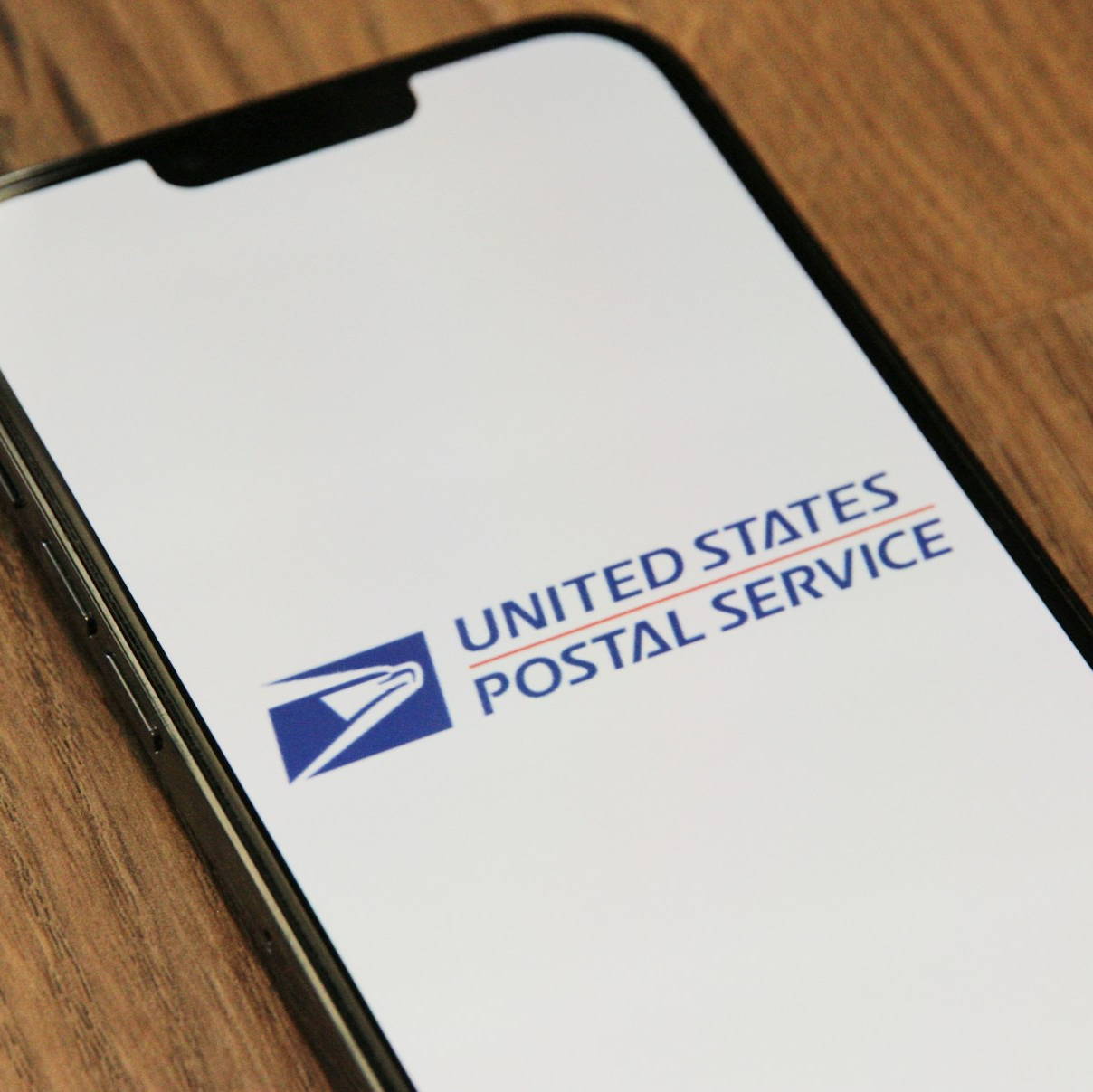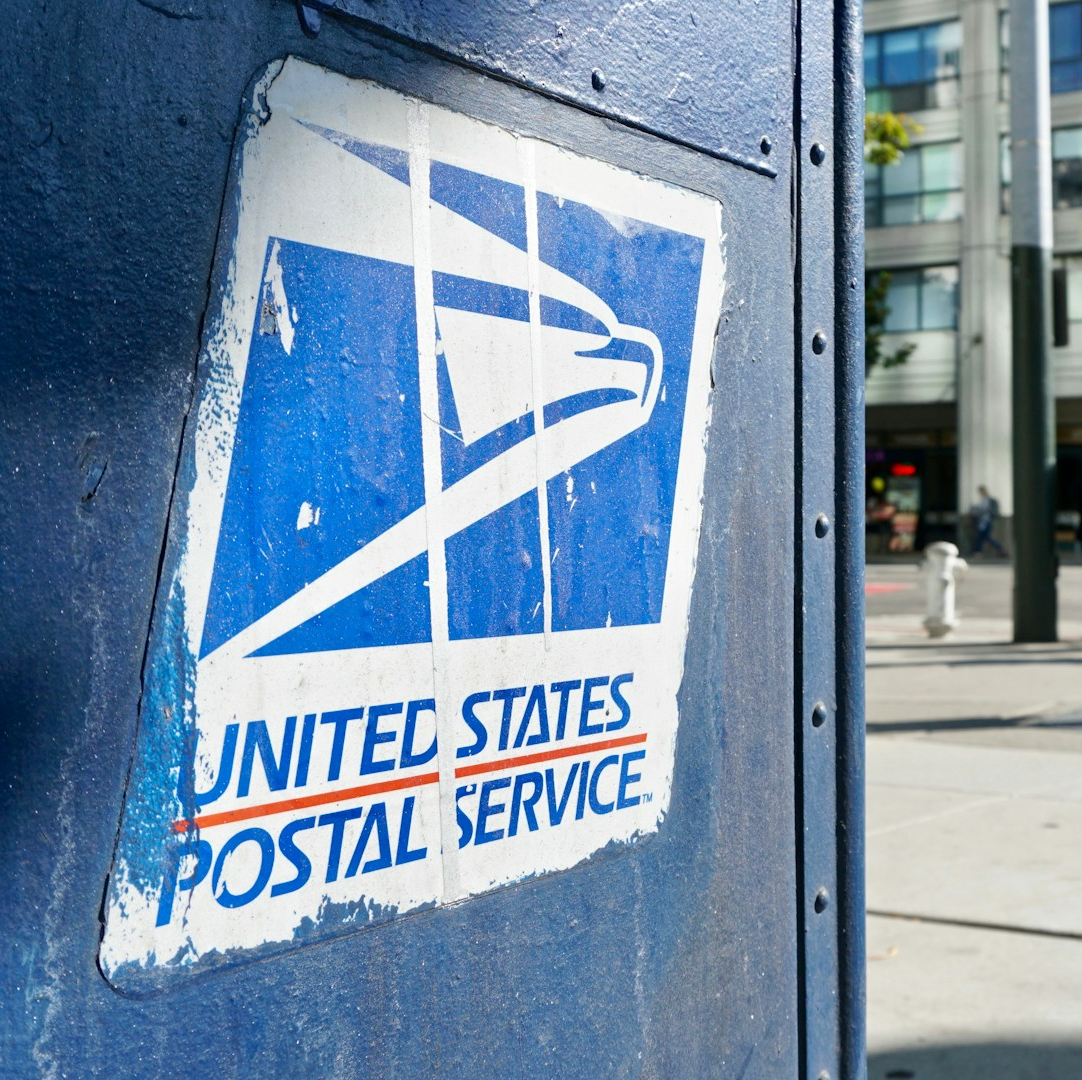Key Takeaways
-
In 2025, Medicare is still a valuable resource, but it no longer shields retirees from high out-of-pocket costs as reliably as it once did. Changes in cost-sharing, prescription drug coverage, and eligibility rules are reshaping your financial responsibility.
-
If you’re a Postal Service retiree under the PSHB program, you must carefully coordinate your Medicare enrollment and health plan selection. The protections you expected may depend on whether you enroll in Medicare Part B and how your PSHB plan integrates with Medicare.
Medicare Has Changed More Than You Might Realize
For decades, Medicare was viewed as the ultimate safety net for retirees. But in 2025, that safety net has become thinner and more conditional. If you’re counting on Medicare to cover your future healthcare needs, it’s time to adjust your expectations—and your planning.
This shift is especially critical for Postal Service retirees and annuitants transitioning from the Federal Employees Health Benefits (FEHB) program to the Postal Service Health Benefits (PSHB) program. The coordination between Medicare and PSHB now plays a central role in determining your actual healthcare costs.
The New Cost Landscape for Medicare in 2025
Medicare in 2025 brings several updates that affect how much you pay and what coverage you receive. While the core components remain intact—Part A (hospital), Part B (medical), and Part D (prescription drugs)—the numbers and rules have shifted in ways that directly affect you.
Medicare Part A
-
Premiums: Most enrollees qualify for premium-free Part A, but if you haven’t worked enough quarters, premiums now range up to $518 per month.
-
Deductible: The inpatient hospital deductible has increased to $1,676 per benefit period.
-
Coinsurance: For hospital stays beyond 60 days, you now pay $419 per day (days 61–90) and $838 per day for lifetime reserve days.
-
Skilled Nursing: Days 21–100 cost $209.50 per day in coinsurance.
Medicare Part B
-
Standard Premium: The 2025 standard monthly premium is $185. Higher-income individuals pay more based on IRMAA brackets.
-
Annual Deductible: $257 before Part B coverage kicks in.
-
Cost Sharing: After meeting your deductible, you typically pay 20% of Medicare-approved charges.
Medicare Part D
-
Prescription Drug Deductible: Now capped at $590.
-
Out-of-Pocket Maximum: A new feature in 2025 caps annual out-of-pocket drug costs at $2,000.
-
Insulin Cap: $35 monthly cap remains in effect.
The rising costs and complexity of these components mean that Medicare alone no longer provides the comprehensive protection many retirees assumed it would. You must now plan around these gaps—or risk costly surprises.
What This Means for Postal Service Annuitants Under PSHB
As a Postal Service retiree, you are now enrolled—or will soon be enrolled—under the new Postal Service Health Benefits (PSHB) Program. This replaces your FEHB plan starting in 2025.
One of the most important changes under PSHB is the required coordination with Medicare Part B. If you or a covered family member is Medicare-eligible, you must enroll in Part B unless you qualify for one of the limited exceptions. If you don’t, your PSHB plan can terminate or reduce coverage for Medicare-eligible services.
Who Must Enroll in Medicare Part B?
-
Retirees who reach age 65 after January 1, 2025.
-
Covered family members who are Medicare-eligible.
-
Current employees who are 64 or younger on January 1, 2025 (once they retire).
Who Is Exempt?
-
Retirees who were already retired as of January 1, 2025.
-
Current employees aged 64 or older as of January 1, 2025.
-
Those residing overseas.
-
Those receiving VA or Indian Health Service benefits.
If You Don’t Enroll in Medicare Part B
If you’re required to enroll and don’t, your PSHB plan may reduce or even deny claims for services Medicare would have covered. In other words, your PSHB plan expects Medicare to be the primary payer, and your PSHB plan will act like a secondary insurer.
Failing to enroll means you could face:
-
Increased out-of-pocket costs
-
Higher deductibles and coinsurance
-
Limited coordination benefits
Prescription Drug Coverage Under PSHB in 2025
In 2025, PSHB plans automatically provide integrated prescription drug coverage through an Employer Group Waiver Plan (EGWP), which is a form of Medicare Part D. If you’re enrolled in both PSHB and Medicare, this coverage applies to you unless you opt out.
But opting out of the EGWP means you lose your PSHB drug coverage—and you cannot re-enroll until the next Open Season. This is an important distinction because:
-
The EGWP includes the $2,000 out-of-pocket cap for 2025.
-
It typically covers a broader drug formulary than standard Part D plans.
-
It’s structured to reduce your pharmacy expenses.
To maintain full access to drug benefits under PSHB, you must stay enrolled in both the PSHB plan and Medicare.
The Disappearing Medicare Advantage Value for PSHB Enrollees
Many Medicare beneficiaries in the private sector consider Medicare Advantage plans as an alternative. But for PSHB enrollees, Medicare Advantage is not typically integrated with their government-sponsored benefits. Your PSHB plan is designed to wrap around Original Medicare, not private plans.
Choosing a Medicare Advantage plan outside of PSHB could:
-
Complicate your coverage
-
Reduce coordination of benefits
-
Result in higher out-of-pocket costs or administrative burdens
This makes it more important than ever to carefully review PSHB plan brochures and talk with a licensed agent to understand your options.
FEHB vs PSHB in a Medicare-Eligible World
Prior to 2025, FEHB offered broad flexibility. Whether or not you enrolled in Medicare Part B, your FEHB plan generally continued to pay primary benefits.
That is no longer true under PSHB. The program assumes Medicare is the first payer for eligible services. The difference is stark:
-
FEHB: Medicare enrollment optional. FEHB plan still covers most services.
-
PSHB: Medicare enrollment required (unless exempt). PSHB plan may reduce or deny payment if Medicare is not in place.
This makes your Medicare enrollment decisions far more consequential under PSHB. In effect, your safety net only works when both parts of the system are in place.
Key Dates and Transition Periods
You’re not left entirely without support. There were dedicated enrollment windows and educational resources available to help Postal Service annuitants understand and transition.
Important Timeframes:
-
Special Enrollment Period (SEP): April 1 to September 30, 2024, for those who needed to enroll in Medicare Part B.
-
PSHB Open Season: November to December 2024 for coverage beginning January 1, 2025.
-
Full Transition Date: As of January 1, 2025, FEHB ends for USPS annuitants. PSHB begins.
If you missed your SEP, penalties may apply unless you qualify for an exception. Future changes to your PSHB plan can be made during Open Season each year.
You May Need to Pay More Than You Think
While Medicare is often described as affordable, it’s far from free. You’ll likely pay:
-
Part B premiums monthly
-
A deductible and 20% coinsurance for medical services
-
Copayments for prescriptions under Part D/EGWP
-
Premium contributions for your PSHB plan
Together, these add up. If you fail to account for these combined costs, your retirement income could fall short.
Additionally, not all services are covered. For example:
-
Long-term custodial care
-
Routine dental and vision (unless part of a supplemental plan)
-
Hearing aids (unless your PSHB plan includes it)
This makes your plan choice even more important. Look beyond premiums. Focus on what you’ll actually spend when you use your coverage.
PSHB Plans Still Offer Important Advantages—If Used Correctly
Despite these changes, PSHB remains a strong coverage option for Postal Service retirees—but only if you coordinate correctly with Medicare. Benefits such as:
-
Waived deductibles if you’re enrolled in both Medicare Part A and B
-
Lower coinsurance for in-network care
-
Integrated prescription drug coverage through the EGWP
-
Expanded provider access through national networks
These perks are conditional. They often depend on full Medicare enrollment and staying within the PSHB system.
The Healthcare System Isn’t Getting Simpler—Your Choices Matter More Now
If you assumed Medicare would simply “take care of everything,” 2025 is a wake-up call. You must:
-
Understand how Medicare Parts A, B, and D work now
-
Know your requirements under PSHB
-
Enroll in the right parts of Medicare to avoid penalties or loss of coverage
-
Factor total costs into your retirement budget
The system expects you to be proactive. It’s no longer enough to assume that default options will protect you. Mistakes can be costly—and sometimes irreversible.
How to Make Sure You’re Fully Protected
If you’re unsure whether your Medicare enrollment status will affect your PSHB plan, or if you’re eligible for an exemption, now is the time to get help. You shouldn’t wait until you need care to find out you’re underinsured.
Get in touch with a licensed agent listed on this website to review your Medicare status, your PSHB plan options, and any deadlines you need to meet. The sooner you take action, the more choices you’ll have.









